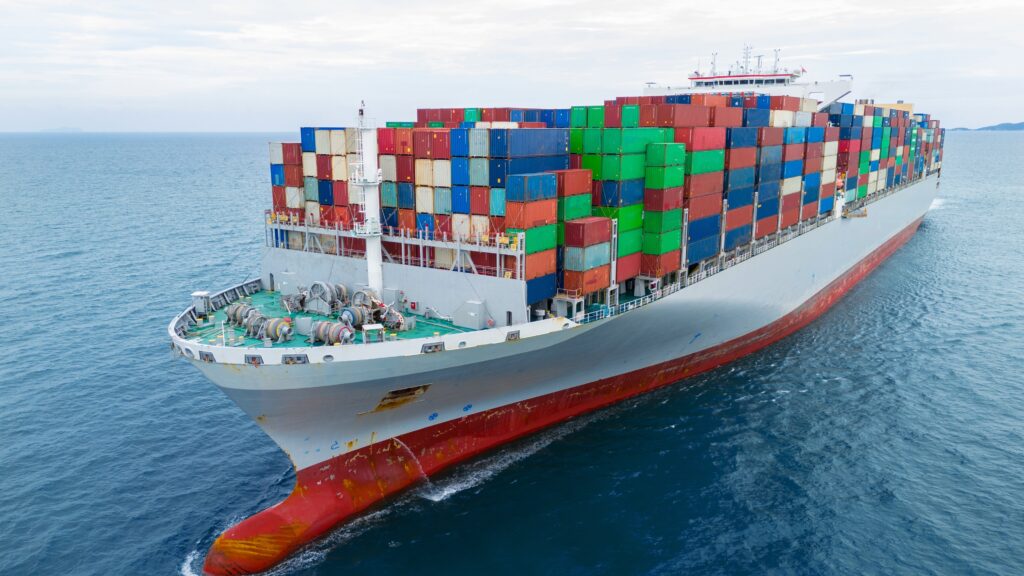China’s manufacturing dominance has been built over several decades, powered by low labor costs, significant infrastructure investments, and strong government support. Since the late 1970s, China has embraced global trade, with its factories producing a wide array of products ranging from electronics to clothing. In 2024, China reached a record $1 trillion trade surplus, with exports totaling $3.5 trillion and imports at $2.5 trillion.
However, the ongoing trade war, particularly the latest tariffs imposed by former U.S. President Donald Trump, raises the question: Can these measures slow China’s manufacturing powerhouse?
Trump’s Tariffs and Their Impact on China’s Economy
In response to China’s growing economic influence, the U.S. has ramped up its tariff strategy. Recently, the Trump administration imposed a minimum 20% tariff on Chinese imports, which adds to previously enacted tariffs on Chinese-made electric vehicles (100%) and certain consumer goods, including clothing and shoes (15%). These measures aim to address concerns about China’s trade practices, including the illicit flow of fentanyl into the U.S.
Trump’s administration argues that these tariffs will protect American jobs, increase tax revenue, and encourage consumers to purchase domestically produced goods. However, economic studies from Trump’s earlier tenure show that tariffs have led to higher prices for American consumers, raising questions about their long-term effectiveness.
What Are Tariffs?
Tariffs are taxes placed on imports, designed to make foreign products more expensive and encourage consumers to buy domestic goods. For example, a 10% tariff on a $4 imported product would cost an additional $0.40. While tariffs are a tool to protect local industries, they often end up increasing prices for the end consumer. Trump has stated that these tariffs are part of a broader strategy to pressure China into stopping the flow of fentanyl into the U.S., along with pressing Canada and Mexico to do more in combating drug trafficking.
China’s Response to Tariffs: Can They Withstand the Pressure?
Prolonged tariffs could significantly reduce China’s exports to the U.S. by 25% to 33%, analysts predict. Exports are crucial to China’s economy, contributing to a fifth of its total revenue. A 20% tariff could reduce foreign demand, threatening China’s trade surplus.
Alicia Garcia-Herrero, chief Asia-Pacific economist at Natixis, states, “The tariffs will hurt China.” She emphasizes that for China to stay resilient, it will need to stimulate domestic demand. However, this may prove difficult, as the country faces challenges like a sluggish property market and high youth unemployment.
Despite these challenges, China’s position as the world’s leading manufacturer remains secure. Industries such as solar panel production remain largely dependent on Chinese factories. Garcia-Herrero notes, “If you need solar panels, you must go to China.”
Advanced Manufacturing: China’s Unstoppable Edge
China’s investment in high-tech industries, such as robotics and artificial intelligence (AI), provides it with an edge that is difficult for other countries to replicate. Even before Trump’s tariffs, China shifted focus from low-cost goods to more advanced technologies, making it the dominant force in manufacturing. Shuang Ding, chief China economist at Standard Chartered, underscores, “China’s manufacturing dominance won’t easily be displaced.”
The early focus on high-tech sectors has helped China maintain its edge in industries like robotics and AI, which are increasingly important in global production. While tariffs can disrupt trade, they cannot easily dismantle China’s manufacturing supremacy.
China’s Countermeasures Against U.S. Tariffs
In retaliation, China has imposed its own tariffs of 10-15% on U.S. agricultural products, coal, liquefied natural gas, and certain luxury goods. China has also targeted U.S. technology companies, launching an anti-monopoly probe into Google and restricting American companies in aviation and defense sectors.
China has adapted to tariffs by relocating production to countries like Vietnam and Mexico. While new tariffs on Mexico aim to curb this strategy, analysts believe that Vietnam remains a key alternative for Chinese manufacturers. “If the U.S. targets Vietnam with tariffs, then China could face real trouble,” Garcia-Herrero warns.
However, beyond tariffs, U.S. restrictions on advanced semiconductor chips pose a more significant concern. China has begun investing in homegrown technology, and companies like DeepSeek have stockpiled Nvidia chips to continue their AI developments. These efforts show that while restrictions impact China’s competitiveness, they will not eliminate its manufacturing dominance.
The Future of China’s Manufacturing Supremacy
China’s dominance in manufacturing can be attributed to its government support, extensive supply chains, and cost-efficient labor. Heavy infrastructure investments have allowed the country to streamline the flow of raw materials and exports.
In recent years, China has shifted focus toward high-tech industries to sustain its leadership. Although tariffs from the U.S. disrupt global trade, they also provide China with an opportunity to present itself as a proponent of free trade. As Harry Murphy Cruise, an analyst at Moody’s, notes, “China can position itself as a stable global force.”
However, China’s trade practices have often come under scrutiny. In 2020, China imposed a 200% tariff on Australian wine imports, raising concerns about its adherence to international trade norms. Despite this, China continues to expand trade relationships with Europe, Southeast Asia, and Latin America, reducing its reliance on the U.S.
China’s Economic Interdependence with the U.S.
The trade relationship between the U.S. and China remains critical, with both countries deeply interconnected. Although tensions continue to rise, analysts believe that a complete severing of trade ties remains unlikely. While China’s manufacturing dominance faces new challenges from tariffs, it remains a key player in global trade, with its economy adapting to both internal and external pressures.
For ongoing updates on this issue, visit EuroNews24.
